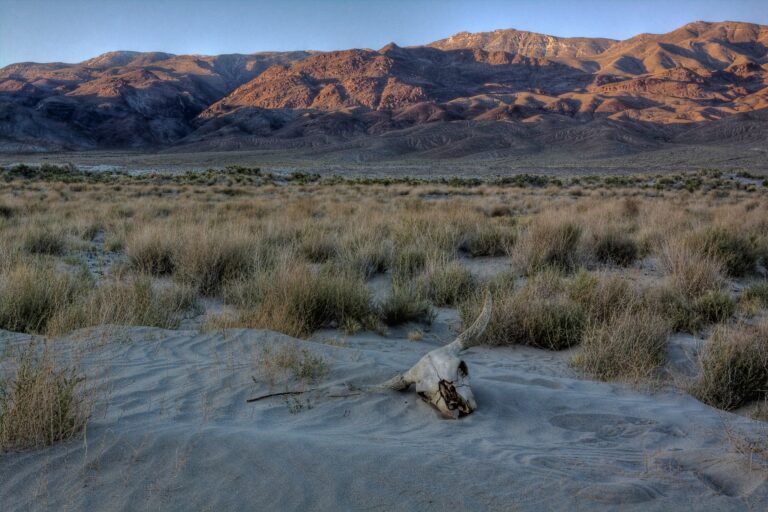A new study has shed light on the species most at risk of going extinct due to a rise in extreme weather events resulting from climate change.
The study published in the journal Ecology and Evolution challenges the idea that species historically exposed to more variable conditions are more likely to survive this new paradigm.
The study’s authors, Carlos Botero, assistant biology professor at Washington University in St. Louis, and Thomas Haaland, a post-doctoral fellow at the University of Zurich, reached this conclusion after developing an evolutionary model of how populations respond to rare environmental extremes.
Through computer modeling they were able to identify certain key indicators of vulnerability. Specifically they noted a difference in response based on whether the species bred rarely or frequently.
According to their model, species that bred only once in their lifetime tended to evolve conservative behaviors, which allowed them to adapt more easily to growing weather extremes. However, this same ‘conservative’ group struggled to adapt when those extremes became more intense. The reverse was true for frequent breeders.
The model also predicted that evolutionary traits such as genetic mutation would likely hinder survival chances rather than favor them. Part of the reason for this, according to the researchers, is that for these adaptations to take root, long intervals of stable environmental conditions are required.
“Our results challenge the idea that species that have been historically exposed to more variable environments are better suited to cope with climate change,” said Botero.
“We see that simple changes in the pattern and intensity of environmental extremes could be lethal even for populations that have experienced similar events in the past. This model simply helps us better understand when and where we may have a problem,” he added.
Botero and Haaland’s model can be applied to any kind of extreme weather event that is likely to become more common because of human-induced climate change. For example, the model predicts the effect of extreme heat on species living in regions where these events were historically rare.
According to Botero the weather events in these regions most dangerous for species survival will be “frequent or widespread heat waves” and “the species of highest concern in these places will be endemics and species with small geographic distribution”.



